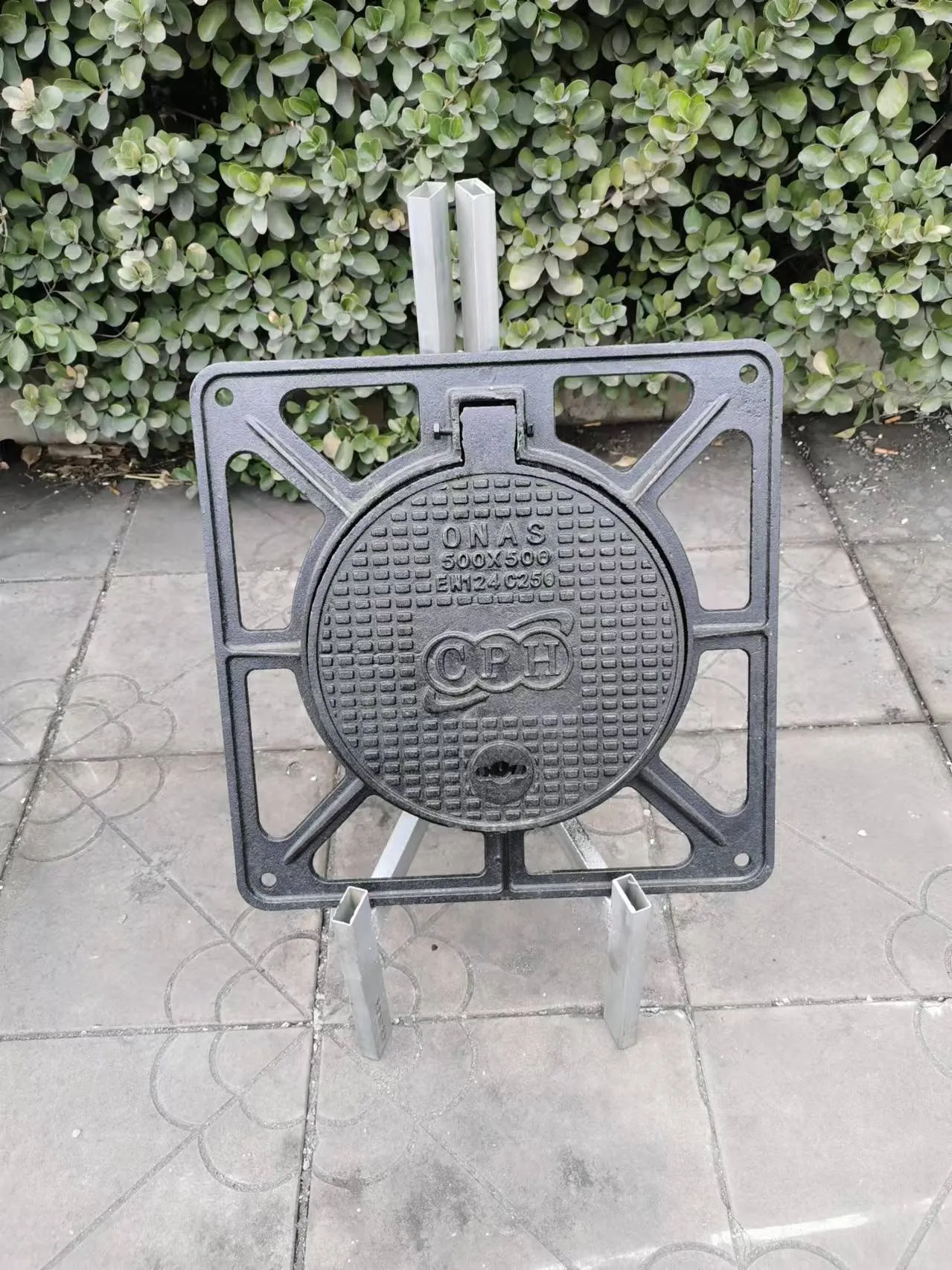Drain Port Gate Valve for Efficient Fluid Management and Control Solutions
Gate Valve with Drain Port An Essential Component for Fluid Control Systems
In industrial applications, effective regulation and control of fluid flow are paramount for ensuring safety, efficiency, and functionality. Among the various types of valves used in piping systems, the gate valve with a drain port is a crucial component that enhances both operational flexibility and maintenance convenience. This article explores the design, function, advantages, and applications of gate valves with drain ports.
Understanding Gate Valves
A gate valve is a type of valve that operates by lifting a gate-like disc out of the path of the fluid. It is primarily used to start or stop fluid flow in a pipeline, making it an ideal choice for applications where a full flow is required or when flow control is not necessary. When fully open, a gate valve provides very little resistance to flow, which is why it is often found in liquid and gas applications requiring minimal pressure drop.
The Drain Port Feature
The drain port is an additional outlet incorporated into the design of a gate valve. This feature is particularly beneficial for systems that require drainage and maintenance without having to depressurize the entire pipeline. Typically located at the bottom of the valve body, the drain port allows for the removal of any stagnant fluids or condensates that may accumulate in the valve or pipes, ensuring reliable performance and longevity.
Advantages of Gate Valves with Drain Ports
1. Operational Flexibility The drain port provides operators with the ability to remove fluids from the system safely and conveniently. This is especially important in applications that handle viscous or hazardous materials, where leaks or spills can be of significant concern.
gate valve with drain port

2. Simplified Maintenance With the ability to drain the system without removing components or interrupting the flow of other fluids, maintenance becomes more straightforward. Technicians can perform regular inspections and cleaning of the valve and associated pipes, reducing downtime and enhancing operational efficiency.
3. Increased Safety By allowing for the drainage of potentially hazardous fluids, gate valves with drain ports contribute to a safer working environment. This precautionary feature minimizes the risk of accidents related to spills or leaks during maintenance activities.
4. Enhanced System Longevity Regularly draining stagnant fluids can help prevent corrosion, scaling, and residue buildup within the valve and piping system. This proactive approach to maintenance extends the life of the valve and connects components, ultimately leading to lower overall maintenance costs.
Applications
Gate valves with drain ports are utilized across a variety of industries including water treatment, oil and gas, chemical processing, and manufacturing. In water treatment facilities, they are used to manage the flow of water and sludge while allowing for convenient draining during maintenance. In petrochemical applications, these valves enable safe handling of flammable and hazardous fluids, providing essential control and safety features.
Conclusion
In conclusion, the gate valve with a drain port is an invaluable component in fluid control systems. Its design offers a unique blend of functionality and safety that cannot be understated. By integrating a drain port into the gate valve design, operators can enjoy greater flexibility, simplified maintenance, and enhanced safety measures. As industries continue to evolve and prioritize efficiency and reliability, gate valves with drain ports will undoubtedly remain a cornerstone in the design and operation of effective fluid management systems. Whether in critical applications or routine operations, these valves play a crucial role in ensuring smooth and safe fluid flow management.
-
The Smarter Choice for Pedestrian AreasNewsJun.30,2025
-
The Gold Standard in Round Drain CoversNewsJun.30,2025
-
The Gold Standard in Manhole Cover SystemsNewsJun.30,2025
-
Superior Drainage Solutions with Premium Gully GratesNewsJun.30,2025
-
Superior Drainage Solutions for Global InfrastructureNewsJun.30,2025
-
Square Manhole Solutions for Modern InfrastructureNewsJun.30,2025
-
Premium Manhole Covers for Modern InfrastructureNewsJun.30,2025
